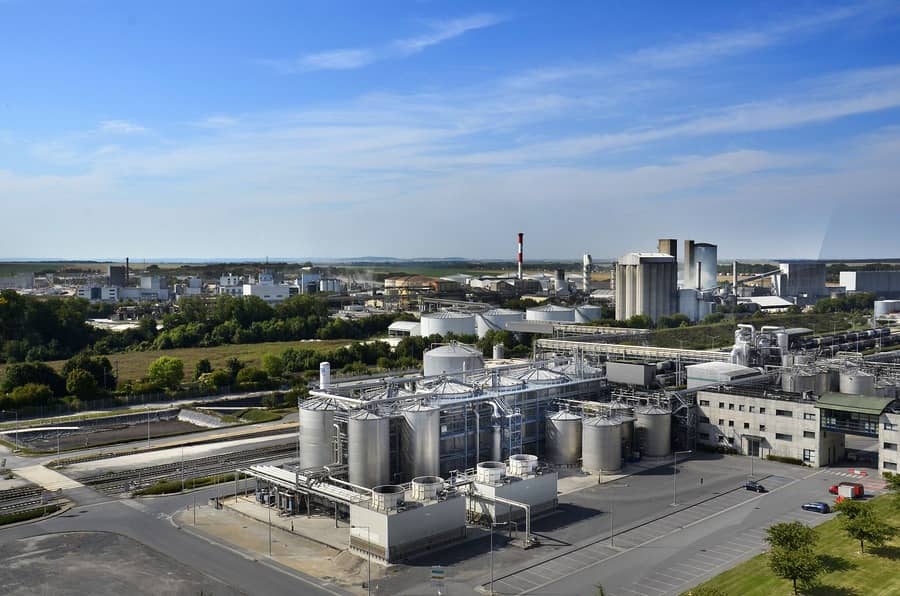For February, Safras & Mercado warns about the resumption of growth in stocks amid the continuity of cane crushing by a residual portion of mills and the start ahead of schedule of the crushing of the new 2024/25 crop by around 20 mills; Both hydrated and anhydrous ethanol volumes fell 11% in the margin in the first half of January; The five-year average rose by 15% for hydrated ethanol and by 17% for anhydrous ethanol
The most recent data on anhydrous ethanol and hydrated ethanol stocks available for sale, updated by the Ministry of Agriculture (MAPA), for the first half of January, show volumes of 3.23 bln liters for anhydrous ethanol and 4.92 bln liters for hydrated ethanol. The highlight in the short term is the deepening of the decline in volumes in the margin, that is, from the previous fortnight, the second of December. While anhydrous ethanol dropped by 11.04% in the margin, hydrated ethanol fell by 11.70%. In the second half of December, both biofuels also showed declines in the margin comparison, compared to the first half of December but at a much lower intensity.
While anhydrous ethanol fell 7.04%, hydrated ethanol fell 9.95%. This showed that consumption was moderate within the new demand pattern of the second half of 2023 (higher than in the first half of the year) and that production was relatively high for December and the standards of the early off-season observed until then. This explains why the decrease in the margin was so weak in that period. However, in January, this scenario intensified with sharper declines in the margin, highlighting the seasonality of the period, amid the extended holidays of Christmas and New Year, besides the usual vacation period.
Even so, Safras & Mercado draws special attention to the maintenance of current stocks at high levels, be it compared to the same period last year or the historical five-year average. Year over year, hydrated ethanol showed gains of 36.28% in the first half of January, while anhydrous ethanol increased by 21.59%. In the previous fortnight, these comparisons were higher, obviously, with gains of 42.85% for hydrated ethanol and 23.00% for anhydrous ethanol in the annual comparison. Even though there have been declines in the annual comparative advantage, volumes continue to overlap with a great level of advantage over those of the last season.
The same happens with the five-year average, with increases of 15.36% for hydrated ethanol and 17.61% for anhydrous ethanol over the volume pattern that is generally observed at this time of year. All this shows that the new higher demand pattern for the second half of 2023 was unable to support the strong production of both anhydrous and hydrated ethanol for the year, which results in these high stocks, which will continue into 2024 also with very high volumes of storage. For February 2024, Safras & Mercado draws special attention to the climate issue and the earlier-than-usual start of the new crop. This is because both January and February 2024 tend to be months of low rainfall, with an atypically dry off-season (a clear reflection of the effects of last year’s El Niño).
As a result, many mills that plan to return, ahead of schedule, to cane crushing for the 2024/25 season in February (especially in the second half) will be able to meet their target. Mills need time without or little rain to start the grinding process, which will be in line with these weather conditions to be observed in February. Another important detail is that the production mix patterns at the beginning and end of the crop tend to be highly concentrated for ethanol, at around 70% for the first four to five fortnights. This should further reinforce the tone of rapid increase in supply in February and March, before the official start of the new season. As demand has shown very weak signs of reaction, stocks will likely rise again in February and March, maintaining high ethanol storage standards for the first quarter of the year and, consequently, negative price pressure in the physical market, especially on hydrated ethanol.

